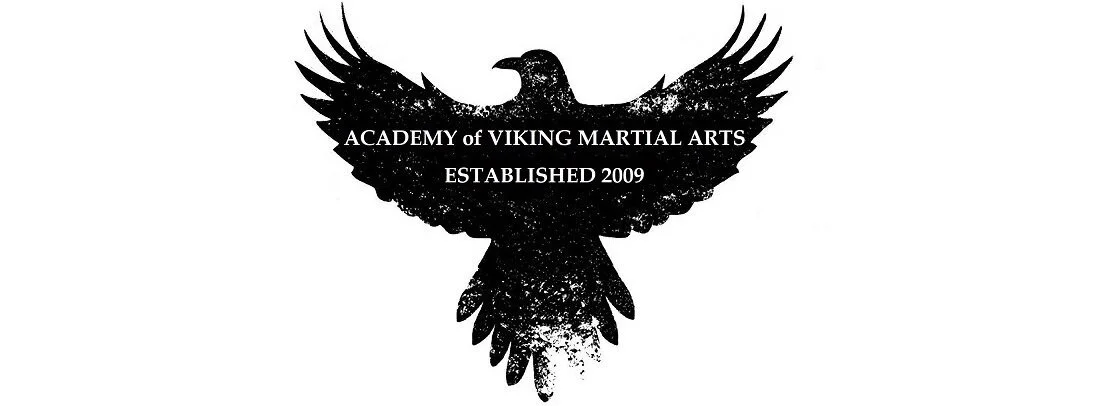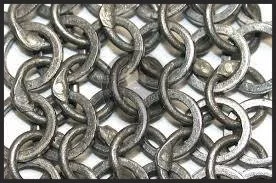ACADEMY of VIKING MARTIAL ARTS
Founded in 2009, the Academy of Viking Martial Arts in Norway provides training in Laustak sport and self- defense, modern weapons and historical Viking weapons.
The Academy also provides instruction in other aspects of survival, such as bushcraft, out in Norwegian forests and hills.
Through these activities, the Academy promotes solid fundaments for healthy mental, physical and spiritual growth.
Lousatök is the Old Norse name for Norwegian traditional folk wrestling practiced as sport and combat.
There are 3 forms of traditional Viking Age sport wrestling, each defined by their grips; Lausatök, Hryggspenna, and Brókartök. Lousatök means Loose-grip/Free-grip. Hryggspenna means Back-hold and Brókartök means Trouser-grip.
In Lousatök all types of grip were allowed. In both Hryggspenna and Brókartök, only a constant single grip was allowed. Lousatök in modern Norwegian is Laustak.
Laustak techniques have their origins in the Viking Age, and during the last 30 years, these techniques have been collected, categorized and codified into a system by the NGF, for the purpose of teaching and preservation.
NORWAY’S MARTIAL ART - LAUSTAK
The Academy specializes in Laustak (Loose-grip/Free-grip) Viking wrestling.
Laustak is divided into two categories - Sport wrestling and Self-defense/Combat.
Laustak techniques have been practiced throughout the centuries as traditional folk wrestling and military self-defense/combat, and the Academy is dedicated to keeping Laustak relevant.
We who train in Laustak are the guardians of an unbroken tradition which can be traced back to Viking Age Scandinavia.
The Raven is a sacred symbol in Norse mythology. The Norse God Odin had two ravens, Huginn and Muninn. Huginn in Old Norse means "thought" or "conciousness" and Muninn in Old Norse means "memory" or "mind". According to the 13th century Poetic Edda, these two ravens fly all over the world, Midgard, and bring information to Odin. The Prose Edda also explains that Odin is referred to as "raven-god" due to his association with Huginn and Muninn.
ORIGINS OF THE VIKING MARTIAL ARTS
Vikings fought for, and carved out kingdoms, around the world. They are an integral part of the world’s history and paved the way for the world as we know it today. They even have a period of history named after them; The Viking Age.
The origin of the word Viking comes from the Old Norse Víkíngr, meaning Scandinavian seafarer. A ‘Viking’ was a part time hunter-farmer-warrior, who traveled to other lands and traded, raided, became sword for hire or conquered lands.
In the sagas, the phrase "to go a Viking" was used to describe the people from the north who went on voyages of discovery. These hunter-farmer-warriors were daring explorers and Vikings became masters of the stormy seas. Their expeditions took them to countries all over Europe, the Far East, Russia and even North America.
Vikings traveled to and through dangerous lands, opened up trade routes, fought to keep them open, and became feared and admired as great warriors in all the lands they travelled.
On land and at sea, Vikings had the skills to survive against the various forms of warfare they encountered in their travels around the world. The reason for the Viking warriors fighting prowess is found in the way they trained both with and without weapons.
A warrior mentality was instilled in Scandinavian boys, and they were trained for armed and unarmed combat from a young age. Viking warriors were taught know to use a variety of weapons, such as sword, axe, spear, stick, seax, knife and shield.
They were also taught the necessary techniques to survive on the battlefield if they lost their weapon. The unarmed combatives which was Viking battlefield wrestling, became the structured form known as Lousatök.
Training in battlefield wrestling, with and without weapons, from an early age, gave the Vikings warriors such a comprehensive combat foundation, so that they had no problem adapting to the different styles of warfare, or other fighting styles they met on their travels.
Norsemen became experts in battlefield wrestling, swordfighting, axe-fighting, stickfighting, spearfighting and knife-fighting, and Viking warriors were renowned for their fighting abilities in raids and against larger and less mobile soldiers.
Because of their armed and unarmed combat skills, combined with forestry and hunting skills, Vikings were extremely dangerous in guerilla warfare. What Viking warriors did was no different than what warriors from many other countries did, Vikings were just tougher and more successful than the rest.
Weapons were extremely important in this warrior society, and according to the Hávamál, a Northman should not be more than a few steps away from his weapons:
HÁVAMÁL Verse 38
Vápnum sínum
skala maðr velli á
feti ganga framar
því at óvist er at vita
nær verðr á vegum úti
geirs um þörf guma
When away from home
a man should not go more than
one step from his weapons;
when a warrior is travelling
he can never be sure
when a weapon is needed.
The Academy of Viking Martial Arts is based in the southeast of Norway.
From 2009 until 2022, the academy was based in Viken county which has a rich heritage from the Viking Age. It is in Viken County where the only Viking helmet, the only complete Viking Age chain mail, and the largest Viking gold treasure were found.
GJERMUNDBU HJELM
The Gjermundbu Viking helmet, found in Viken County, Norway, is the only known example of a complete Viking helmet in existence.
The Gjermundbu burial mound (Gjermundbufunnene) was unearthed during 1943, and contained many artifacts, including weaponry and equipment, and the Gjermundbu Viking helmet.
The Gjermundbu helmet is made from four plates of iron in the shape of a rounded or peaked cap in the spangenhelm pattern. It has a "spectacle" guard around the eyes and nose which formed a sort of mask. The only complete Viking helmet ever found, it is the foundation for all Viking Age helmets with 'spectacle' guard.
BRYNJA
The only more or less complete Viking age chain mail was found in Gjermundbu, Viken County, Norway.
In the Icelandic sagas, Viking body protection is usually referred to as Brynja, meaning a mail-shirt. The Viking chainmail brynja was a T-shaped shirt with short sleeves, and a full body down to the thigh, made up of thousands of interlocking iron rings.
Viking era chain mail is scarce, and the and the only near-complete Viking age chain mail brynja shirt to survive, was found in Gjermundbu, Norway. The Gjermundbu brynja is also the only Viking Age chainmail brynja to be found in Scandinavia.
Numerous sections of the Gjermundbu brynja were corroded into a solid mass, but some sections of the brynja have survived in excellent condition. The diameter of the rings in the Gjermundbu brynja average 8mm (0.3 in), and the wire diameter average is 1.2 mm (0.05 in) about 16 gauge.
PHOTO: T. NEILSEN - B. WEMUNDSTAD











